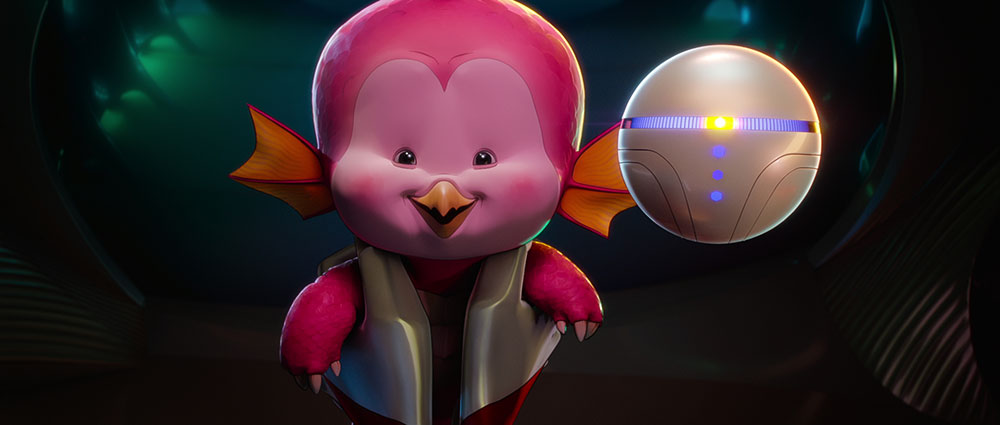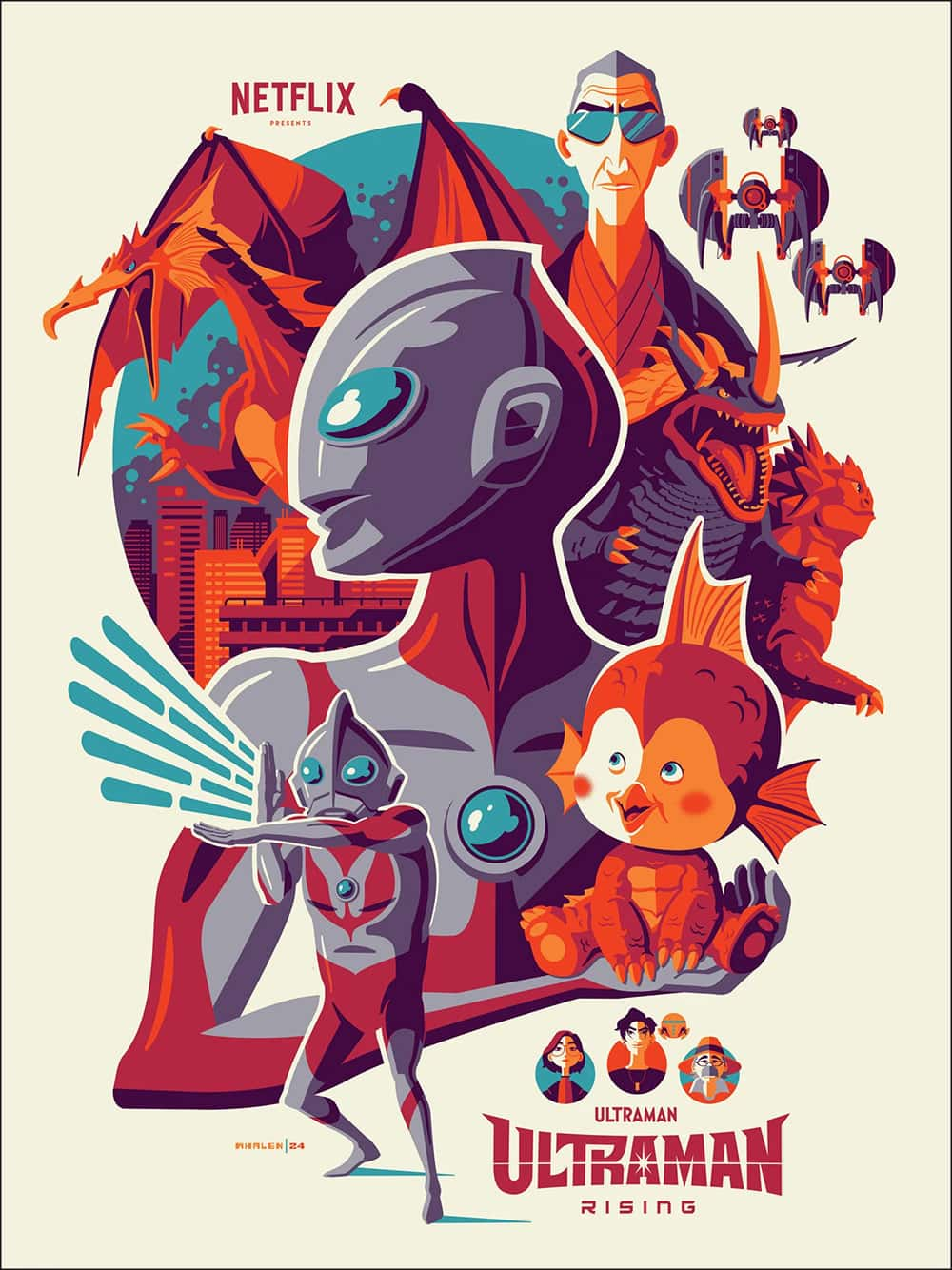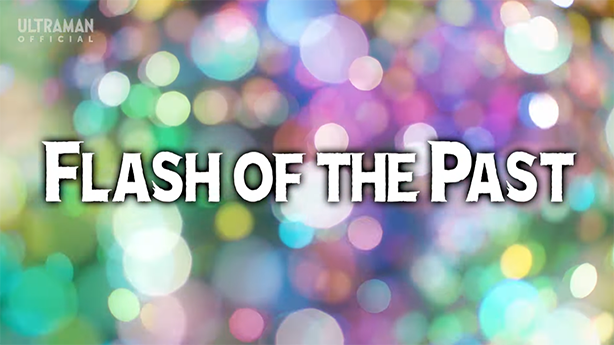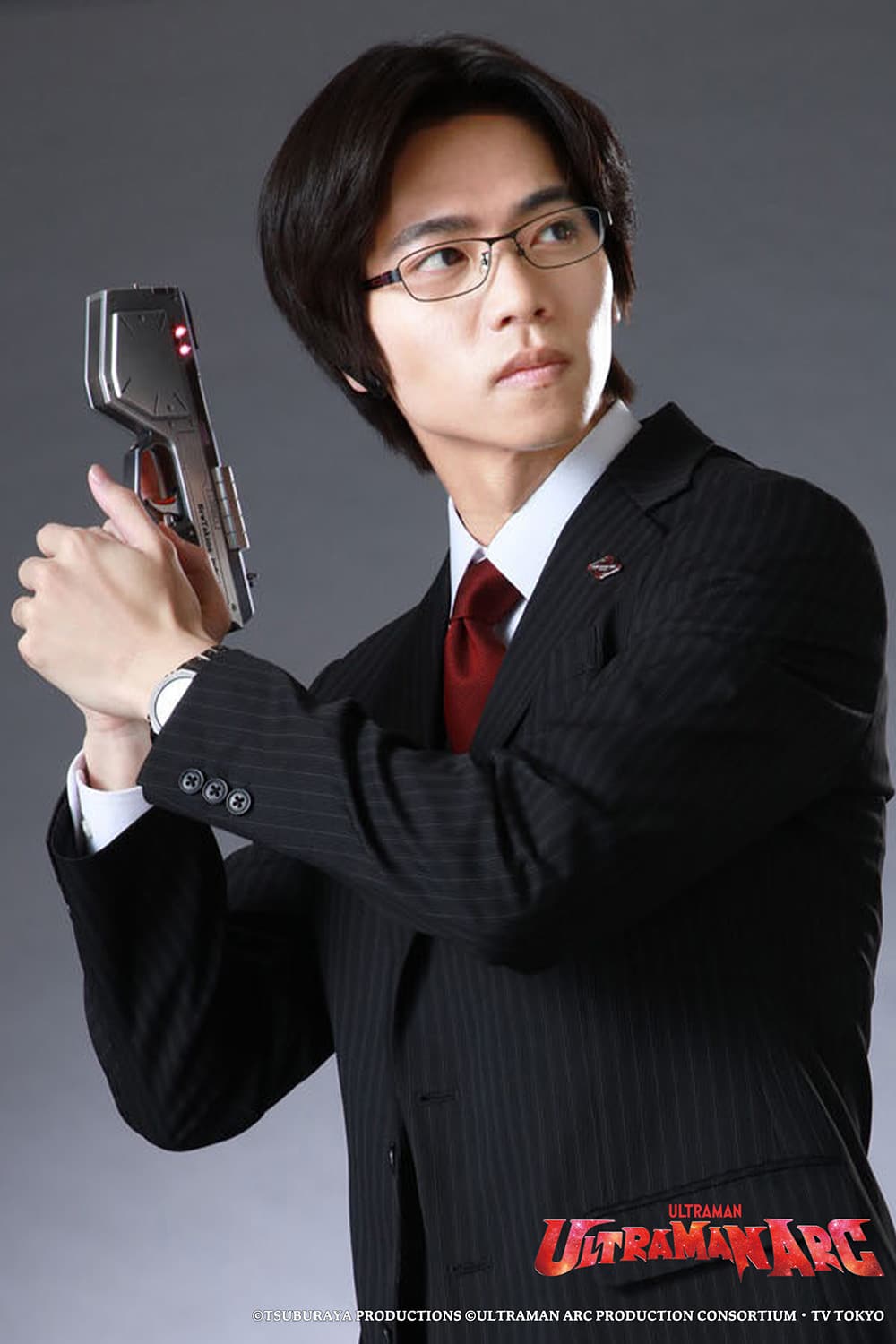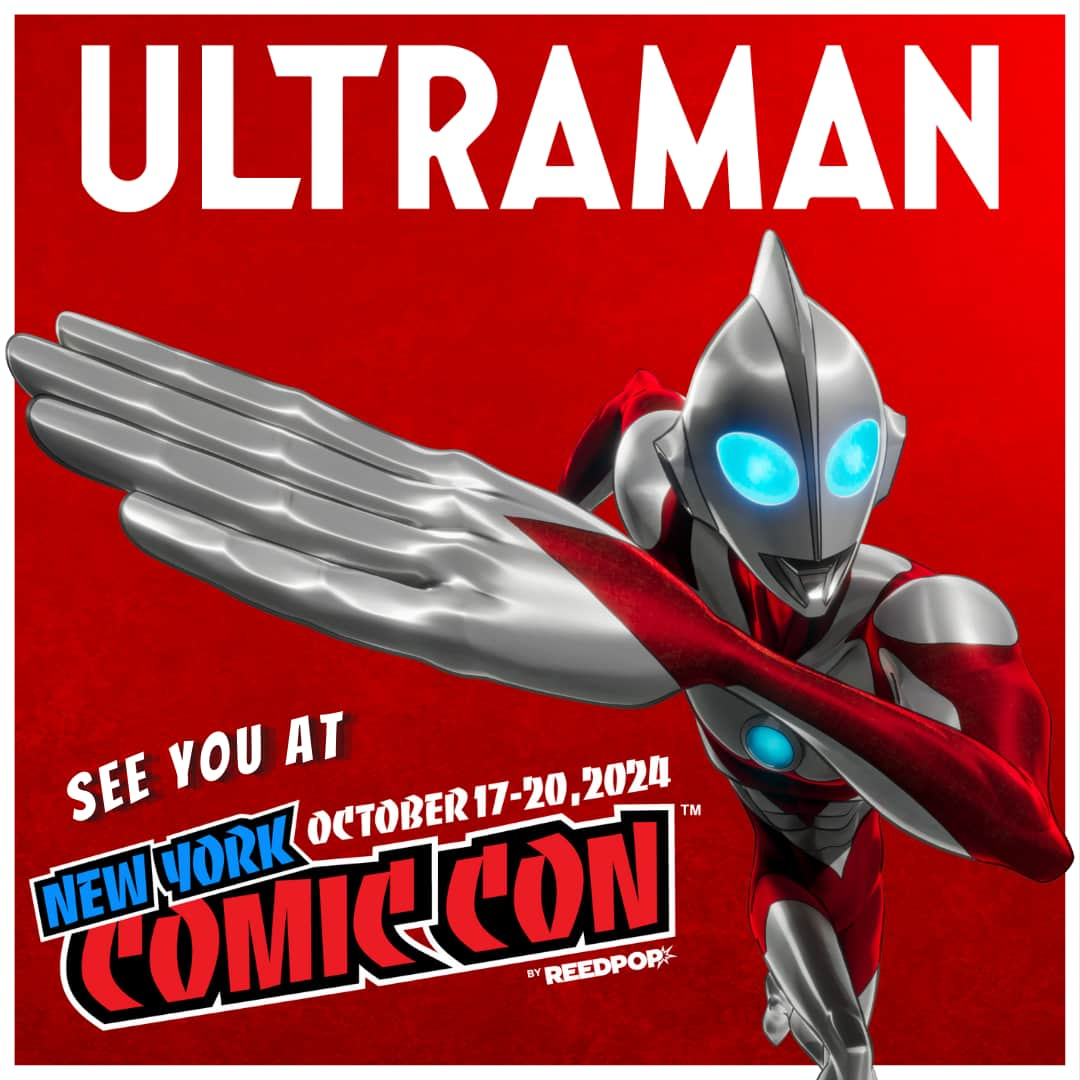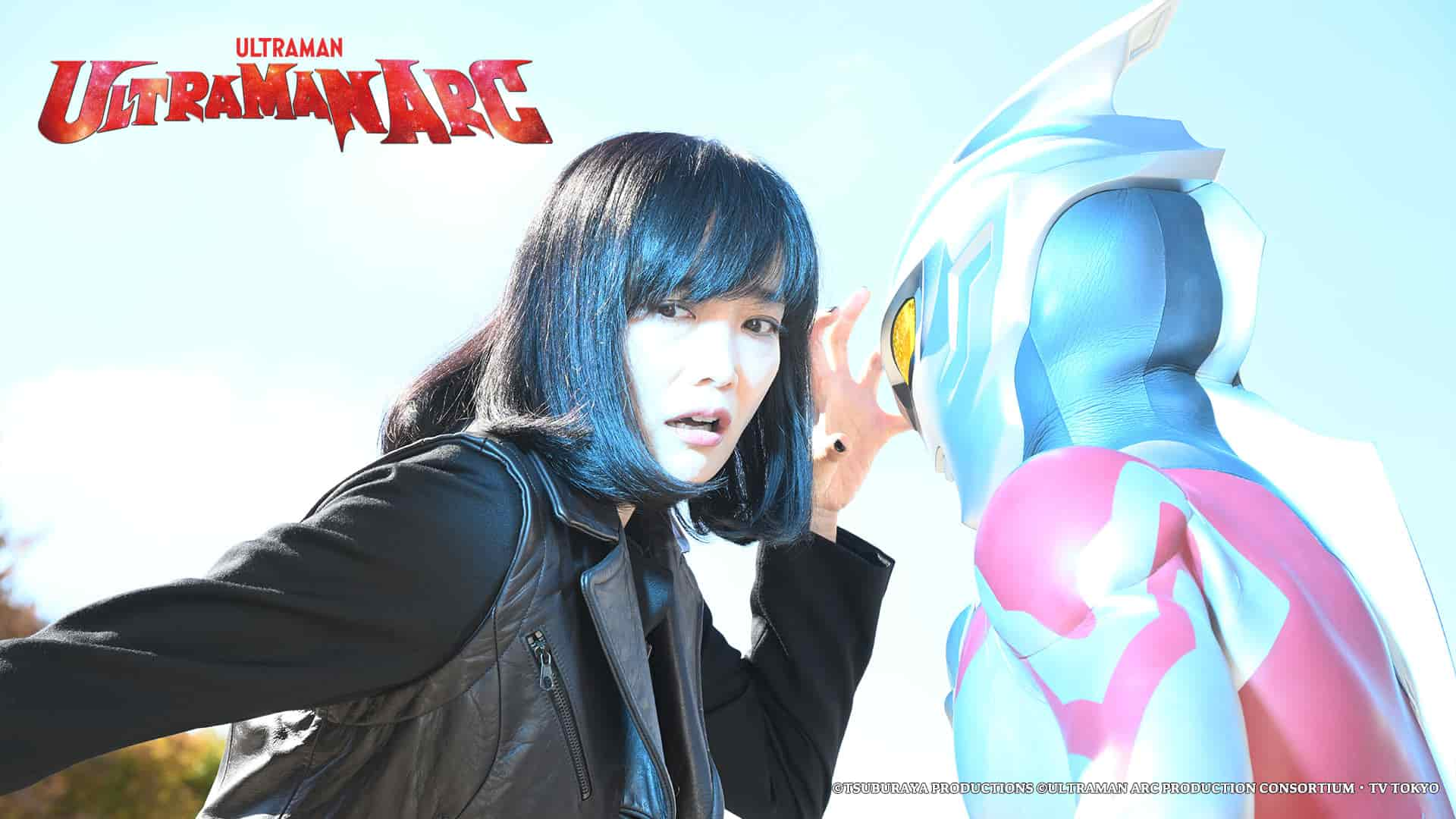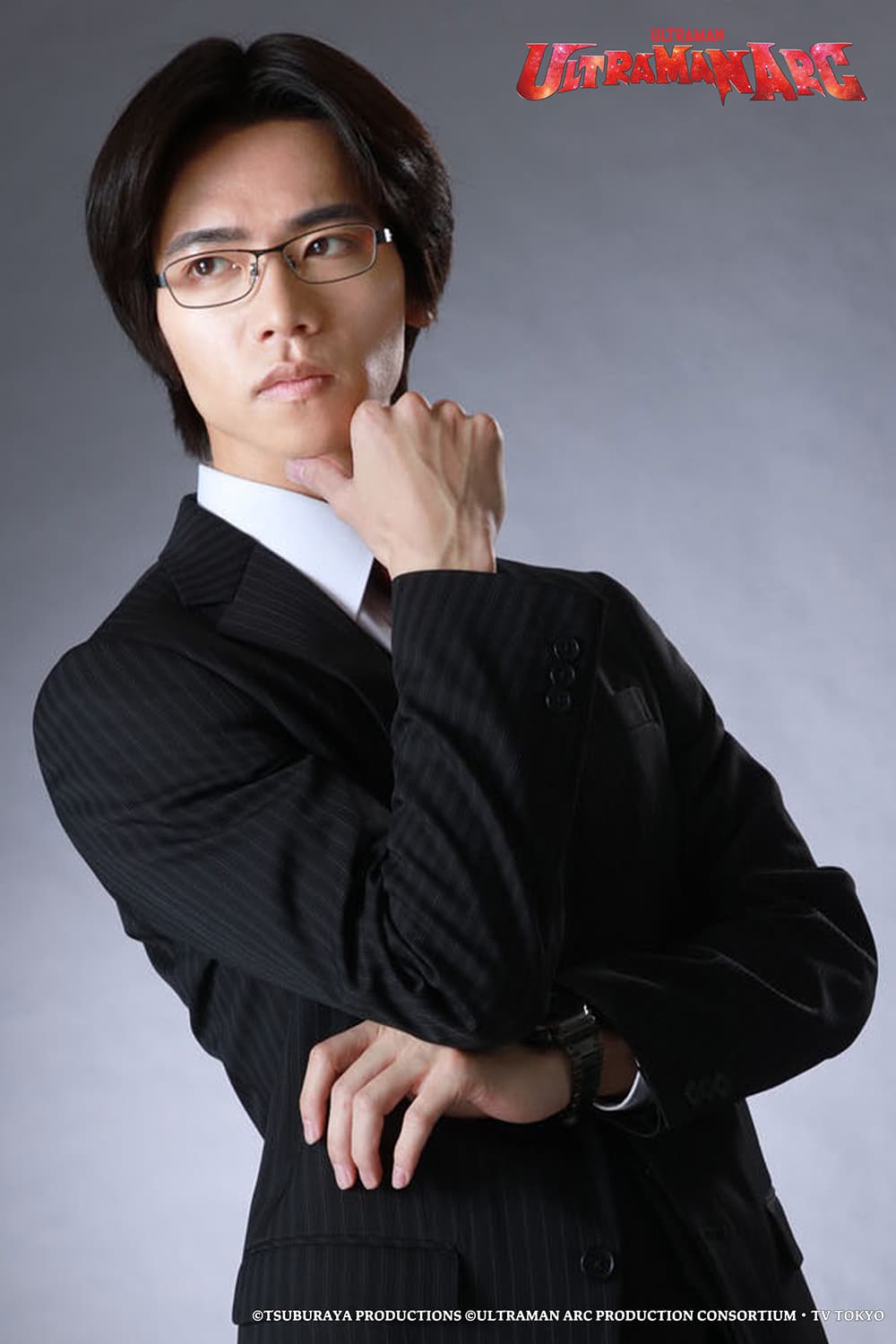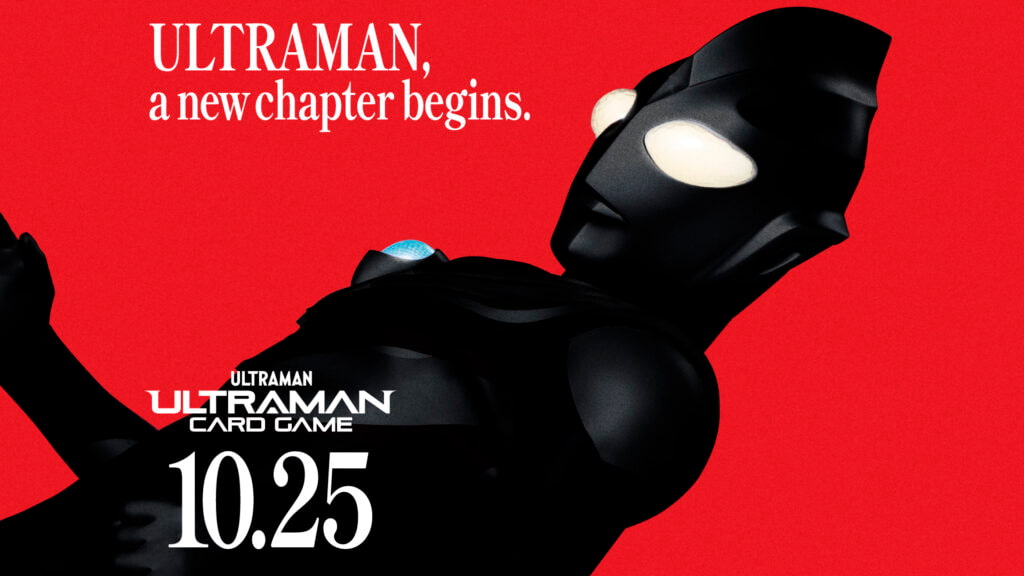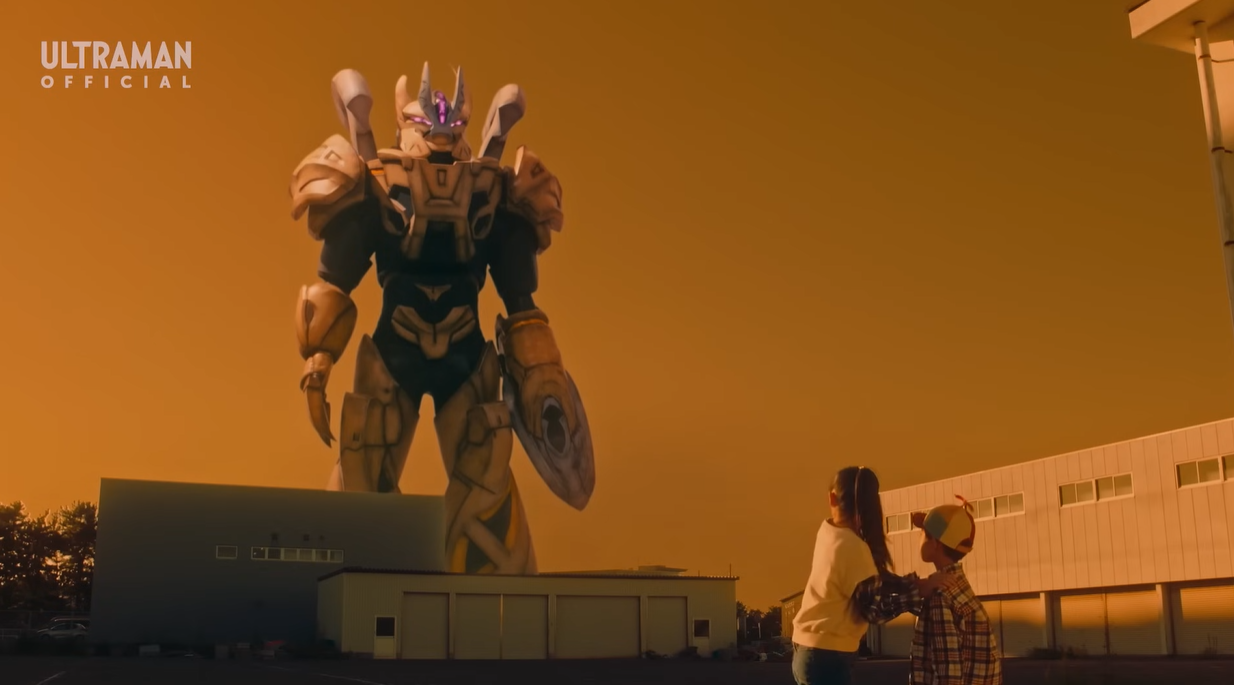Hello and welcome, Ultraman Connection readers! For the past couple weeks, we’ve been celebrating the release of Ultraman: Rising on Netflix. It seems to have made quite a splash around the internet, resonating with long-time fans of Ultraman, and viewers who were brand new to the franchise. There’s a lot to love about the film regardless of how experienced you were, and we highlighted some special elements of Ultraman’s story in our previous articles.
And just like before, we’ll be discussing open spoilers from Rising, so if you haven’t watched it yet for yourself…it’s been out for two weeks, what’s taking you so long? You should definitely watch it now before continuing on.
Got it? Okay, good. As you may have noticed, the charm and appeal of Ultraman doesn’t just rest on the main titular character. Some of the most popular parts of the franchise, stretching all the way back to its origins in 1966, are the Kaiju who fight against Ultraman! In many ways, I think those Kaiju have equal billing with Ultraman, and often just as much time on screen as the heroes of the different series and films. Rising is no exception, even though the Kaiju featured in this film is quite a bit smaller – and cuter – than many others we’ve seen in the franchise’s history.
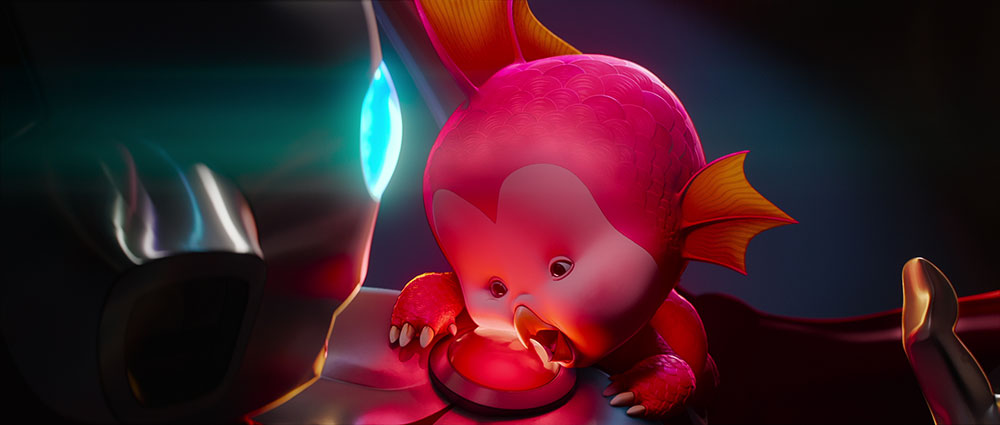
Emi, the infant child of Gigantron, was just as much of a main character in the movie as her adoptive father, Kenji “Ken” Sato. Throughout the story, we saw her learn, grow and become stronger thanks to Ken’s patient, albeit reluctant, care. He even teaches her how to play baseball! Can you think of any other Kaiju who know how to play baseball? I can think of one that knows how to play volleyball, but that’s a topic for another week…
Regardless, Emi is still a baby during these events, with the cute, chubby cheeks we associate with babies. Kaiju do not always appear cute at first glance however. As we see in the opening of the movie when Ken’s father fights a fully grown Gigantron, the Kaiju is an intimidating spectacle, with a wickedly sharp beak, huge, draconic wings and dangerous attacks. It would be easy to think of Gigantron as simply a monstrous threat that should be destroyed. It might be surprising to hear Professor Sato speak of Gigantron respectfully of the Kaiju many years later, after he had retired from fighting as Ultraman.
In fact, during the present day when Gigantron reappears again, he practically begs Ken to save it, calling it “the last of its kind”. What might seem like a paradox – trying to protect a monster which nearly killed him and his family years before – is a distinctive aspect of Ultraman’s role as a hero and protector, and also a key element to the movie’s theme of “maintaining balance”.
Kaiju can be many things in different Ultraman stories, but nothing good ever comes of assuming they are always threats which must be destroyed at all costs. This week, let’s take a look at some examples from elsewhere in the franchise which also make that point.
The original 1966 Ultraman series served as the origin for many of the franchise’s most iconic Kaiju – including Neronga, who also was in Rising! Neronga didn’t get a two-part story dedicated to him though, that honor goes to the “Prince of Monsters”, the Ancient Monster, Gomora.
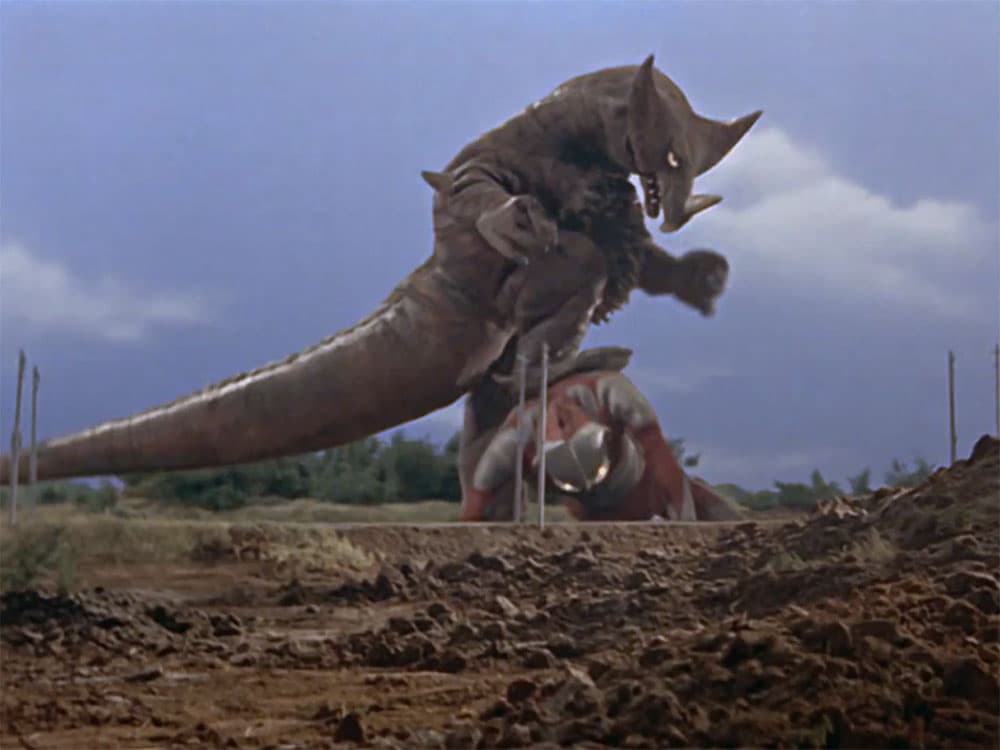
Like Gigantron, Gomora was also presented as the last of its kind, which also made it an especially appealing subject of research to scientists. They weren’t content to simply observe it while it hibernated though. These scientists decided to capture it, fly it to a museum, and present it as a zoo exhibit for the World’s Fair! Matters went predictably wrong when they tried to move it. Once it woke up from its sedated slumber, it also became one of Ultraman’s most fearsome opponents, defeating him in a memorable cliffhanger ending to the episode!
Ultraman would eventually go on to defeat the Kaiju, alongside the SSSP defense team’s efforts, but the lethal outcome was presented as a tragedy. The scientists underestimated the Kaiju’s might, and instead of a docile, tranquilized museum exhibit, they lost an awe-inspiring, noble creature who belonged to the Earth – one with just as much dignity as any of the humans who ultimately ensured its death.
Later on, in the Mega Monster Battle series, Gomora was resurrected once again – as an ally of human beings! The series’ protagonist, Rei, fought with a number of Kaiju partners, but his first and most prominent teammate was Gomora. Their example provided a counterpoint to the tragic fate of Gomora from 1966, and made an argument that human beings and Kaiju can exist and even cooperate alongside each other. The final battle in Ultraman: Rising also makes this argument with eloquent resonance, showing how Ken, his father, Emi, and even Emi’s mother all join forces together as allies in a similar way.
It’s heartwarming to see human beings learning to exist within the universe, alongside other creatures like Kaiju, instead of just trying to destroy them as a knee-jerk reaction. However, that doesn’t mean that there will never be a time when Ultraman must destroy a Kaiju in order to protect lives. The challenge of making that decision, and dealing with the consequences, often is a far greater struggle than just the fight itself.
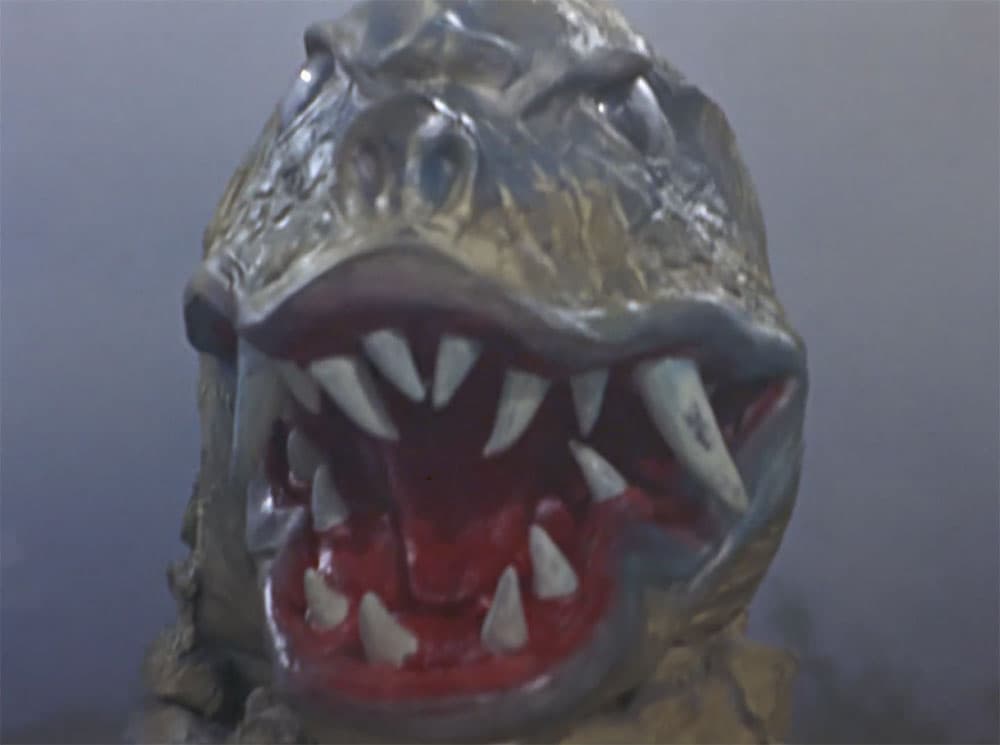
It’s an even greater challenge when the Kaiju in question isn’t cute, cuddly or helpful in the slightest. Red King – also from the original 1966 Ultraman series – is a frequent opponent of Ultraman, and an opponent against other Kaiju! It often comes across as a bully, a classic wrestling “heel” which gives the audience a figure to root against. If Gomora looks cool, matching its title as the “Prince of Monsters”, then Red King looks mean, with a grinning skull face sporting vicious tusks.
Looks are often deceiving.
In Ultraman Z, our main characters found themselves fighting against a pair of Red Kings during an episode, when the Kaiju threatened a quarry. It looked like a simple mission, to stop the Kaiju and protect the lives of the workers and other civilians in the area from the monsters’ attacks. For Haruki Natsukawa, Ultraman Z’s partner and host, the mission was also personal, since the quarry was located in his own home town. Even more personal to him was the reason for his mission in the first place, living up to the example of his father, who died while protecting others during a Kaiju attack. Haruki was only a kid at the time, but it was clear that he imagined himself in that place every time he went out on a mission, fighting against Kaiju in the same way, to protect lives in the same manner as his father before him.
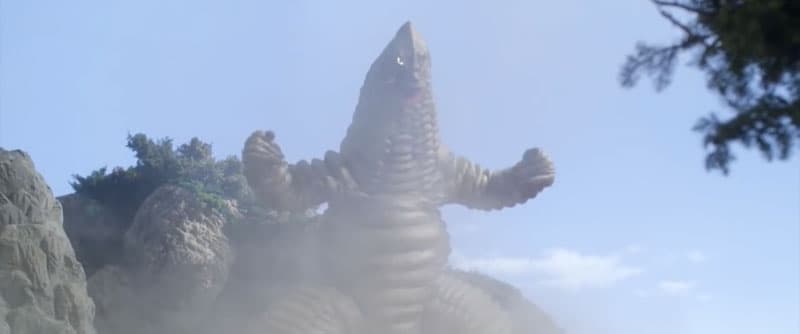
He probably never imagined that a Kaiju was capable of the same courage, or the same compassion, until he realized the reason why the Red Kings were attacking the quarry in the first place. They were protecting a life of their own, an egg precariously close to the excavation site.
Unfortunately, Haruki only connects those dots together after he’s already killed a Red King.
Yeah, I’d probably have an emotional breakdown at that point too.
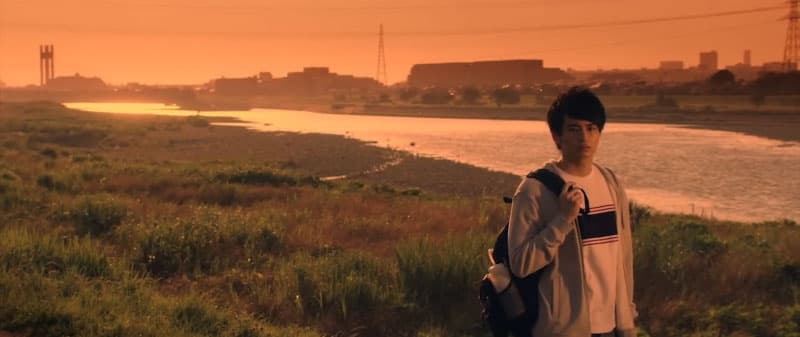
All of these cases – from Gigantron, to Gomora, and even with Red King – clearly build on the same point. Kaiju are big, dangerous and often deadly creatures. But so are human beings. Recognizing the dignity, even the nobility of Kaiju is a key part of understanding the balance which defines Ultraman’s role across each of these stories. At the end of the day, we have a lot in common, and coexistence is only possible between human beings and aliens like Ultraman, or between human beings and kaiju, or even between human beings and other human beings, when we learn to look for that shared, common dignity, instead of finding excuses to be monsters ourselves.
